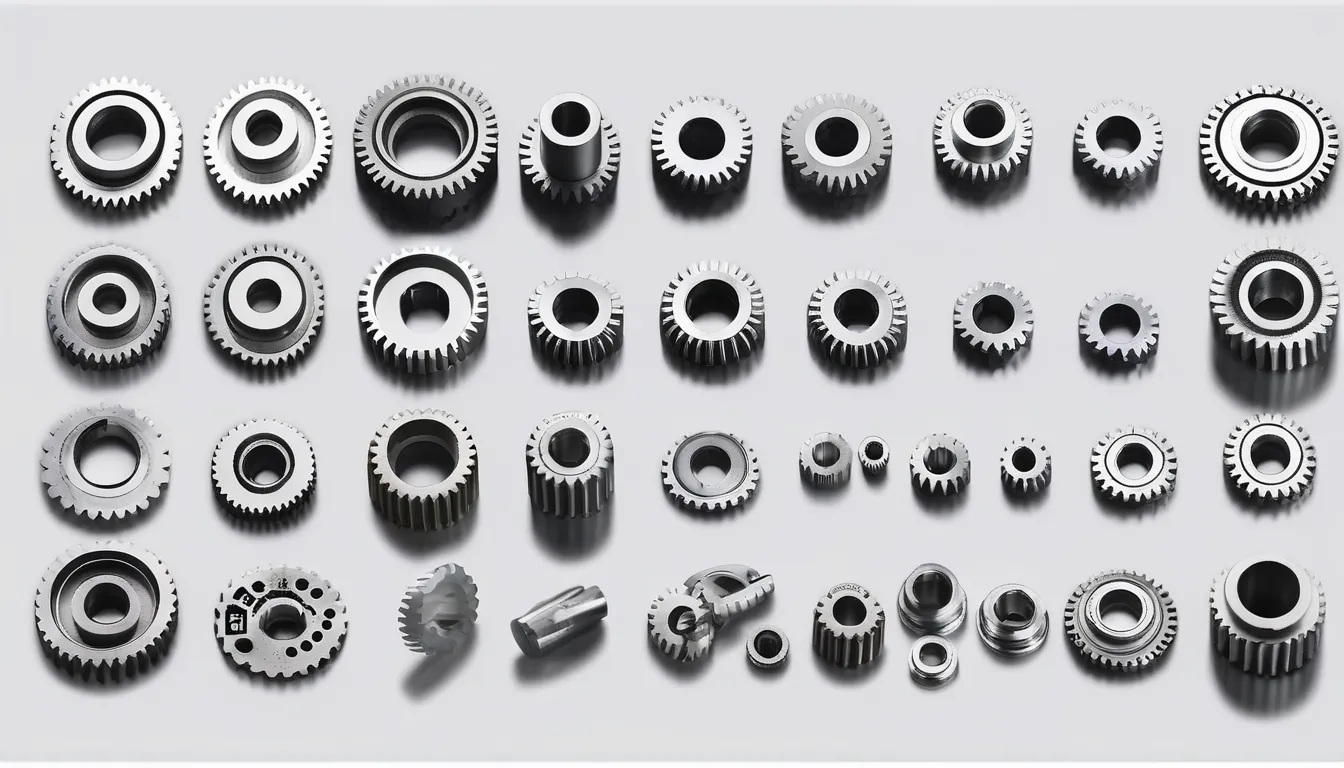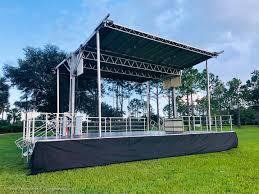When you’re customizing a gearbox, it’s essential to consider several key factors that can significantly impact performance and longevity. You need to assess load capacity to ensure it meets your operational requirements while accounting for safety margins. Efficiency plays a critical role, too; optimizing gear ratios can lead to better productivity. Don’t overlook size constraints and material selection, as these will affect installation and durability. Understanding these elements is just the beginning, though—there’s more to explore regarding the environment in which your gearbox will operate. What else should you keep in mind?
Load Capacity Requirements
When considering load capacity requirements for gearbox customization, how do you determine what you really need? Start by assessing the specific application and its operational demands. You’ll need to identify the maximum torque the gearbox must handle, as this directly influences the load capacity.
Consider both the static and dynamic loads your system will experience.
Next, think about the materials and construction of the gearbox. The choice of materials can significantly impact its load-bearing capabilities. Stronger materials may allow for a more compact design without sacrificing performance.
Also, examine the gearbox’s design features, such as gear tooth geometry and lubrication methods, as these can enhance load capacity.
Don’t forget to factor in safety margins. It’s wise to include a buffer in your calculations to accommodate unexpected loads or operational variances.
Finally, consult with gearbox manufacturers or specialists to gain insights tailored to your requirements. They can offer valuable guidance on ratings and specifications that align with your project’s needs.
Efficiency and Performance
Efficiency and performance are crucial factors in gearbox customization, directly impacting the overall effectiveness of your machinery. When you focus on these aspects, you ensure that your gearbox operates smoothly, reducing energy loss and enhancing productivity.
A well-designed gearbox minimizes friction and heat generation, which not only boosts performance but also extends the lifespan of your equipment.
To achieve optimal efficiency, consider the gear ratios you select. The right ratios can significantly influence speed and torque, allowing your machinery to perform at its best under various load conditions.
Additionally, pay attention to the materials used in the gearbox. Choosing high-quality materials can lead to improved wear resistance and lower maintenance costs.
It’s also essential to evaluate lubrication options. Proper lubrication reduces friction, which directly enhances efficiency and performance. Regular maintenance checks can help in identifying any potential issues early, ensuring your gearbox remains in top condition.
Ultimately, prioritizing efficiency and performance in your gearbox customization will lead to a more reliable and effective operation, allowing you to maximize your machinery’s potential while minimizing downtime and operational costs.
Size and Space Constraints
Navigating size and space constraints is vital in gearbox customization, as it directly affects both installation and operational efficiency.
When you’re working within tight spatial limits, you need to consider several factors to ensure optimal performance.
Here’s what to keep in mind:
- Available Footprint: Determine the maximum area where the gearbox can fit without encroaching on other machinery.
- Height Restrictions: Account for any overhead limitations that might restrict your gearbox’s vertical space.
- Access Points: Ensure there’s enough room for maintenance and repairs, allowing for easy access to components.
- Orientation: Consider how the gearbox will be positioned—horizontal or vertical orientation can impact performance and accessibility.
- Compatibility with Surrounding Equipment: Analyze how the gearbox interacts with nearby machinery to avoid interference.
Material Selection
Selecting the right materials for your gearbox is crucial, as it can significantly affect durability, performance, and maintenance needs.
You’ll want to consider several factors when making your choice. First, think about the load your gearbox will handle. Materials like steel or aluminum alloys are often preferred for their strength and weight-to-strength ratio, providing the necessary support without adding excessive weight.
Next, consider wear resistance. If your gearbox is subject to high friction or abrasive conditions, hardened steel or specialized coatings might be your best bet. These materials can extend the lifespan of your components and reduce the frequency of replacements.
Don’t forget about thermal properties. Some materials can handle heat better than others, which is vital in high-performance applications. You may need materials that maintain stability and strength at elevated temperatures to prevent deformation.
Lastly, evaluate the cost-effectiveness of your chosen materials. While high-performance options may offer benefits, ensure they align with your budget constraints.
Balancing performance, durability, and cost will help you select the perfect materials for your gearbox, ensuring it meets your specific requirements effectively.
Operational Environment Factors
Often, the operational environment plays a critical role in how well your gearbox performs. Factors like temperature, humidity, and exposure to chemicals can significantly impact its efficiency and lifespan. Understanding these conditions will help you customize your gearbox to withstand the specific challenges it faces.
Consider these environmental factors when customizing your china Custom gear solutions :
- Temperature extremes: Excessive heat or cold can affect lubrication and material integrity.
- Humidity levels: High moisture can lead to corrosion, especially in metal components.
- Vibration and shock: Frequent jolts can cause misalignment or wear, requiring robust designs.
- Dust and debris: Contaminants can infiltrate and damage internal gears, necessitating added protection.
- Chemical exposure: Harsh chemicals can degrade materials, so select resistant options.
Conclusion
In customizing your gearbox, remember to weigh load capacity, efficiency, size, and material choices carefully. You want to ensure it meets your operational needs while standing up to environmental challenges. By focusing on these key considerations, you can enhance performance, extend equipment lifespan, and ensure a proper fit in your space. Taking the time to assess these factors will lead to a reliable and efficient gearbox tailored specifically for your requirements.





